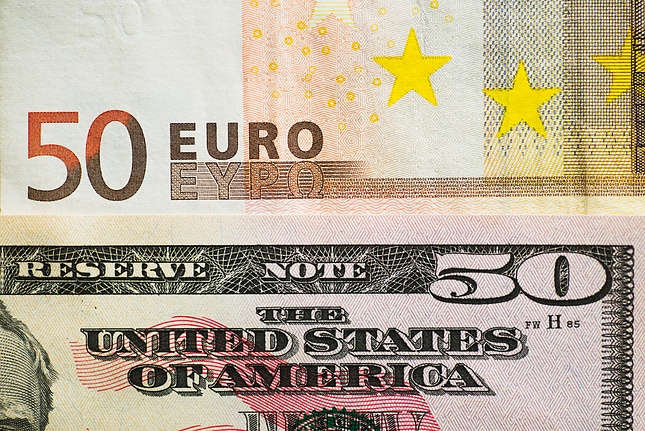Oil gained more than 7% last week, returning above $70 per barrel of WTI. Last week's gains were driven by higher stakes in the Russia-Ukraine conflict (more powerful weapons and new energy sanctions). News of a 60-day ceasefire between Lebanon and Israel caused a pullback early this week, but oil quickly returned to the upside for several reasons.
On the political front, there is speculation that President-elect Trump's administration will shift the IEA's focus from renewables back to oil and gas, which has helped oil. In addition, there were rumours last week that OPEC+ will postpone the rejection of voluntary production cuts by the largest members beyond established quotas at its regular meeting on December 1st.
Weekly production and commercial inventory figures are also temporarily on the bullish side. Last week's average daily production was 13.2 million barrels, compared to 13.4 the previous week and a high of 13.5 in the four weeks prior. Meanwhile, Friday's Baker Hughes report showed 479 active oil rigs, which has remained slightly unchanged over the past eight weeks.
Although U.S. commercial oil inventories rose for a third week, the backlog is growing. Inventories are now 3% lower than at the same time last year. They remain near the lower end of the range of the past nine years, although it has been the new normal since 2015.
On the other hand, weakness in the eurozone and Chinese economies is dampening global energy demand, keeping prices near the lower end of the trading range of the past two years. We have often highlighted the increased OPEC+ activity, with the price of a barrel of Brent threatening to fall below $70. For WTI, these levels are close to $65. So far, the cartel has managed to keep the price above its pain point.
However, it is impossible to ignore the negative technical picture of the prices. Since the beginning of September, oil has been trading at range support, but it can't get on a growth path and remains below the key 50- and 200-week moving averages.
Bears should also note that in 6 of the last 10 years, oil has fallen sharply in November-December. In 2014 and 2019, there were disagreements within OPEC. Granted, in the latter case, it wasn't until 2020 that they started to have a dramatically negative impact on the price of oil, thanks to increased risk appetite in US equities. It looks like we are seeing something similar now.
Trade Responsibly. CFDs and Spread Betting are complex instruments and come with a high risk of losing money rapidly due to leverage. 77.37% of retail investor accounts lose money when trading CFDs and Spread Betting with this provider. The Analysts' opinions are for informational purposes only and should not be considered as a recommendation or trading advice.
Recommended Content
Editors’ Picks

EUR/USD climbs above 1.0500 on persistent USD weakness
EUR/USD preserves its bullish momentum and trades above 1.0500 on Monday. In the absence of high-impact data releases, the risk-positive market atmosphere makes it difficult for the US Dollar (USD) to find demand and helps the pair push higher.

GBP/USD rises to 1.2600 area as mood improves
Following a short-lasting correction, GBP/USD regains its traction and trades at around 1.2600. The US Dollar struggles to stay resilient against its rivals as market mood improves on Monday, allowing the pair to build on its bullish weekly opening.

Gold slumps below $2,650 despite falling US yields
After recovering toward $2,700 during the European trading hours, Gold reversed its direction and dropped below $2,650. Despite falling US Treasury bond yields, easing geopolitical tensions don't allow XAU/USD to find a foothold.

Five fundamentals for the week: Fed minutes may cool Bessent boost, jobless claims, core PCE eyed Premium
Will the rally around Scott Bessent's nomination continue? The short Thanksgiving week features a busy Wednesday packed with events, and the central bank may cool the enthusiasm.

Eurozone PMI sounds the alarm about growth once more
The composite PMI dropped from 50 to 48.1, once more stressing growth concerns for the eurozone. Hard data has actually come in better than expected recently – so ahead of the December meeting, the ECB has to figure out whether this is the PMI crying wolf or whether it should take this signal seriously. We think it’s the latter.

Best Forex Brokers with Low Spreads
VERIFIED Low spreads are crucial for reducing trading costs. Explore top Forex brokers offering competitive spreads and high leverage. Compare options for EUR/USD, GBP/USD, USD/JPY, and Gold.